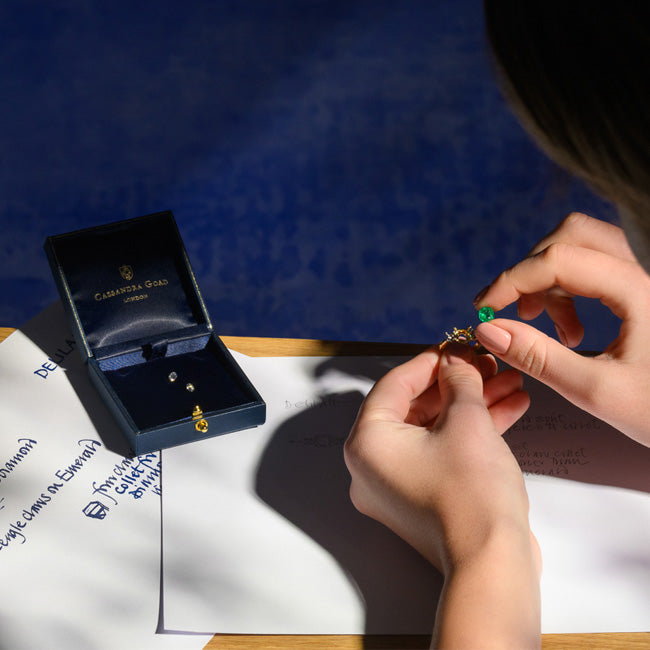
The History of Cathédrale de Reims

The Cathedral of Reims maintains a profound and historic connection with the anointing of the kings of France, playing a central role in the ceremonies that have marked the history of the French monarchy. Since the early Middle Ages, Reims has been regarded as the sacred city where kings were consecrated and anointed, legitimizing their royal authority according to Christian tradition.

The cathedral itself, with its grandiose Gothic architecture, served as a majestic setting for these solemn events. Kings of France, from Clovis (crowned in 496) to Charles X (crowned in 1825), were anointed within this impressive enclosure, surrounded by archbishops and church dignitaries.
The coronation ceremony was a complex and symbolic ritual. The king, adorned in his most magnificent attire, was led to the cathedral altar where he received the holy anointing, symbolizing divine grace and the legitimacy of his rule. The Archbishop of Reims, as the representative of the Church, conferred this blessing, thus consecrating the king as the sovereign chosen by God to govern France. The coronation ceremony was accompanied by a particularly symbolic element: the Holy "Ampoule", which was said to have been brought by an angel for the anointing of Clovis in 496. This vial containing holy oil was considered a divine sign of the king's legitimacy, and its use during subsequent coronations reinforced the connection between monarchs and divine favor.



The Cathedral of Reims remains a powerful symbol of French history and monarchy tradition, bearing witness to centuries of close relations between political and religious power in the country.





